I consider myself a casual runner, running 2 -3 times a week for about 20 minutes. I don’t have any current goals to run a marathon, but I want to make sure I keep my legs healthy.
The best way to keep healthy legs is to follow your doctor’s advice, assess your legs’ weaknesses and strengths, exercise, and rest your legs. Keeping up a routine will ensure healthy outcomes
We’ll discuss some fun things to
Running for Healthy Legs – 20 Steps to Take
My number one piece of advice for those having difficulties with running is, keep it fun and relaxed. This will go a long way toward helping you stay consistent while working towards your goals.
Remember to do what you need to to have a good time. It will be worth it if it helps you get through the difficulties you may face along the way.
1. Plan Your Goals
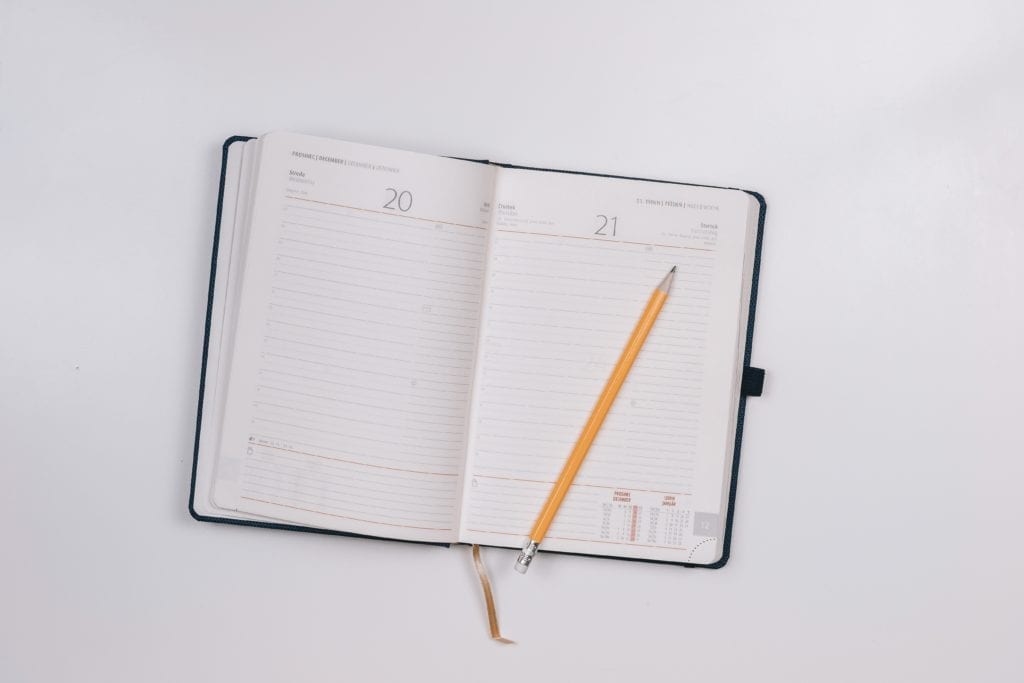
Get motivated. Watch some videos, talk to friends and family you know will encourage you, print out your final goal(s), and post it somewhere visible. (Amazon Link)
Make your goal achievable for you. You might
When things get hard, just show up and make it a routine, even if you don’t take a single step. Routines will take you further than almost anything else.
Plan your goals. My goal for running was to run a 5k marathon. Set a specific goal, or you may not really achieve what you want.
Do you want to run for exercise, as therapy, or a marathon?
Go to the doctor, and discuss your running goals. Discuss any leg issues. Do you have a muscle sprain, knee pain, ankle misalignment, or plantar fasciitis?
Think of any questions you have as you run, before you go to the doctor.
In planning your exercise goals, discuss your goals with your doctor and any accommodations you might need to achieve your goals.
Schedule your plan in a calendar or on a goal chart and give yourself a chance to succeed. Get into a routine. Whatever routine works for you.
If you can’t run one day, try to fit it in somewhere else. If you don’t have time, just show up for your scheduled run and don’t run. Repeat and repeat, until it becomes a habit, no matter the schedule or if you don’t have the time.
When you work out your motivation, goals, and schedule, you’ll know what to do next. Start by setting your first date to run, if you’re not already running.
2. Get Ready

Now that you’ve set your goals and schedule, make sure you have the right equipment. (Amazon Link)
Choose the shoes, socks, and clothing that will lead to your success. Several times I have heard runners I know talk about the importance of getting the right shoe. It will
When starting as a beginning runner, you’ll need to decide how important reaching your goal is and what monetary investment you’re willing to make.
Running shoes can be inexpensive, but you may get what you pay for. Do some research and ensure you’re keeping your legs healthy by going to a running shoe store if you can.
You don’t need to buy shoes there, but if you do find a good shoe, you might want to pay a little more because running shoe stores carry the latest shoes, newest inventory, and usually have lots of good advice for the proper gear for your running goals, and your foot type.
Choose the clothing you can comfortably run in without limiting your mobility. If you sweat a lot, decide to use a small cloth or headband.
You’ll find a variety of runners’ belt pouches at sports stores and online. Carry items you’ll need like your keys. Some armbands will also hold your keys along with your phone, so you can listen to music or track your performance on an app.
Get a water bottle. If you’re anything like me, you tend to get dehydrated and you don’t even know it. Keep a water bottle with you where ever you go.
Before you start any exercise program, ensure that you have been drinking plenty of water during the week(s) leading up to your running routine.
Your legs will thank you for the preparation you took to supply yourself with the water to carry nutrients in and get rid of waste in a more effective way than someone who is less hydrated.
Got all that you need? Great, let get running!
3. Get Started

If you don’t have all that you need, you can still get started. Take it slow and get into the routine. Buy your equipment little by little. Have fun, listen to some music, and GET STARTED! (Amazon Link)
Start by warming up if you’re going to go running. This could be walking, marching in place, or similar exercises to warm those muscles up to help prevent injuries.
Start running with caution on road and trails. Remember to be ready to share the road with others and running the opposite way of traffic will give you a heads up for any danger in advance.
Running with a partner is helpful for motivation and in case of any problems that may occur along the way.
Running on dirt and grass is softer than the road and the sidewalk, but some natural areas
Running on the track is usually
4. Exercises to help Strengthen Your Legs
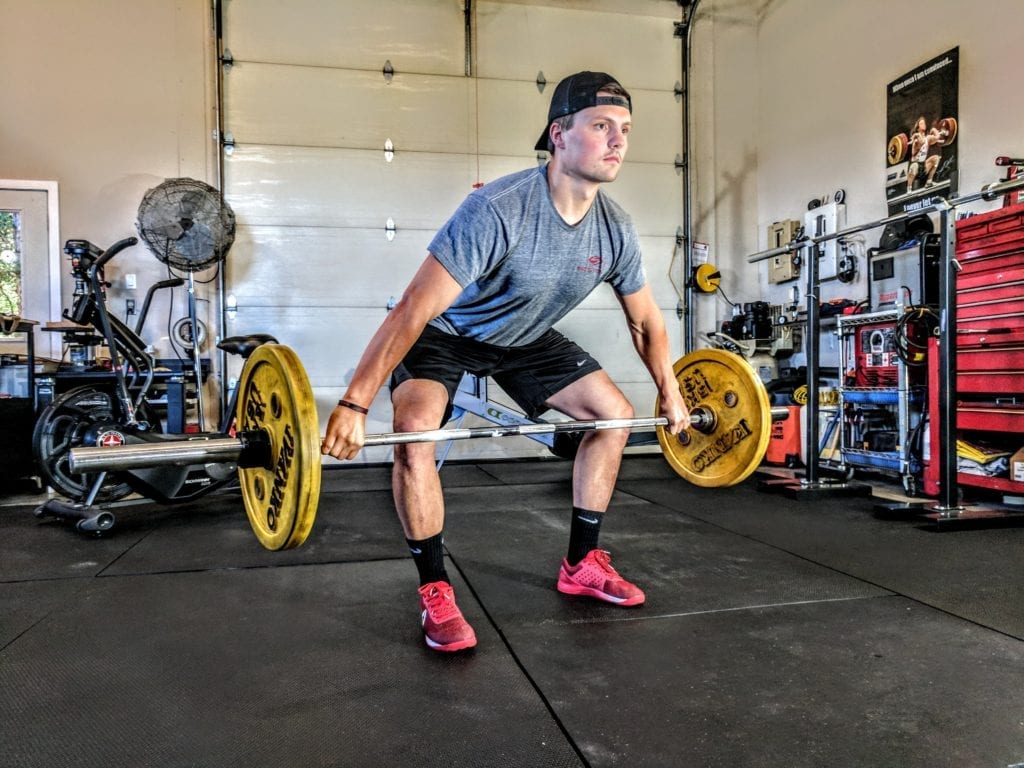
When you want to increase your speed and overall leg health, it’s time to work on increasing muscle strength. (Amazon Link)
Take it slow and work on increasing weight over the course of months rather than weeks. You’ll want to prevent injuries and steadily increase muscle strength in your legs.
Try exercises such as squats, leg extensions, leg press, calf raises, lunges, bridge, plank, push-ups, and stair climbing.
Decide on which types of exercises you’d like to focus on and repeat them consistently each week. You may not increase your muscle mass, but exercising your muscles will increase the likelihood of toning and strengthening them.
Depending on how intense you’re working out, will also determine the amount of rest time between exercise days you’ll need to take. Usually, a day to rest between exercising your legs will work.
If you are running 3 times a week, you can do leg strengthening exercises on those days, and rest your legs the other four days for the week.
5. Prevent Injuries
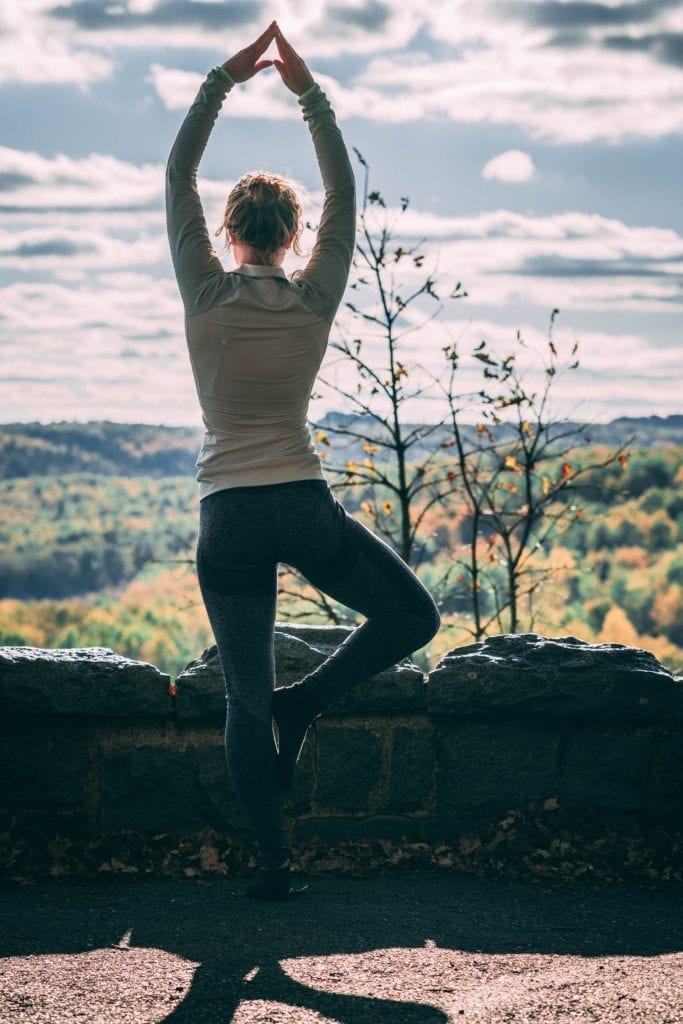
To prevent injuries to your legs remember not to overexert yourself. Pushing yourself to run a little more week is fine, but you’ll need to listen to your body. (Amazon Link)
Warm-up your legs before you start your run or exercise. Many injuries can be prevented by getting your legs ready to exert effort. Start slowly and then get up to normal speed.
Stretching after your run is better than stretching before. Many people get injured when stretching. They stretch their cold leg and pull a muscle. Work out or run first and then stretch out those warm muscles that can help prevent cramping or pulling a muscle while running on another day.
6. Strengthen Your Knee
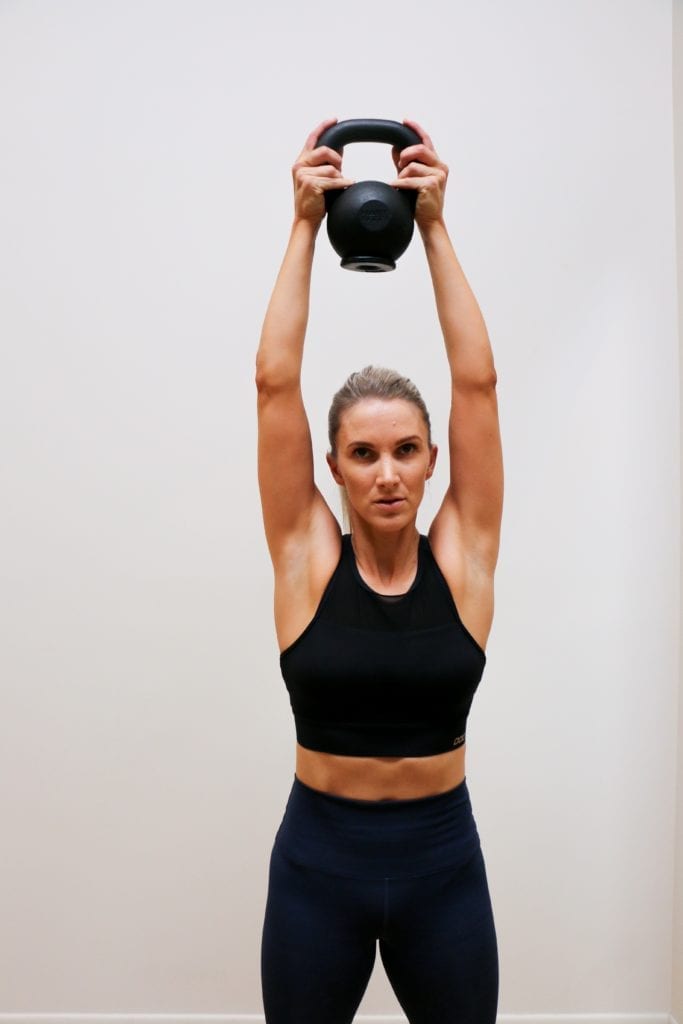
The knees can absorb a lot of energy while running. The knee joint will fair much better when it has strong muscles to absorb the repetitive pounding of running. (Amazon Link)
Some exercises specifically for the knees are squats, leg extensions, lunges, and leg press. These can help build up some stability and muscle strength around the knee and relieve some of the stress on your joints caused by running.
Take it slow and listen to your body. You may feel like you want to exercise with as much weight as you can, but that may cause injury. Start with a lower amount, easy to lift weights, and perform your repetitions.
If you’re struggling after your first or second set, lower your weight. If you can perform 3 sets of the same exercise and your form is good, then this amount of weight of right for you. Later you can increase the weight over time.
7. Running Form
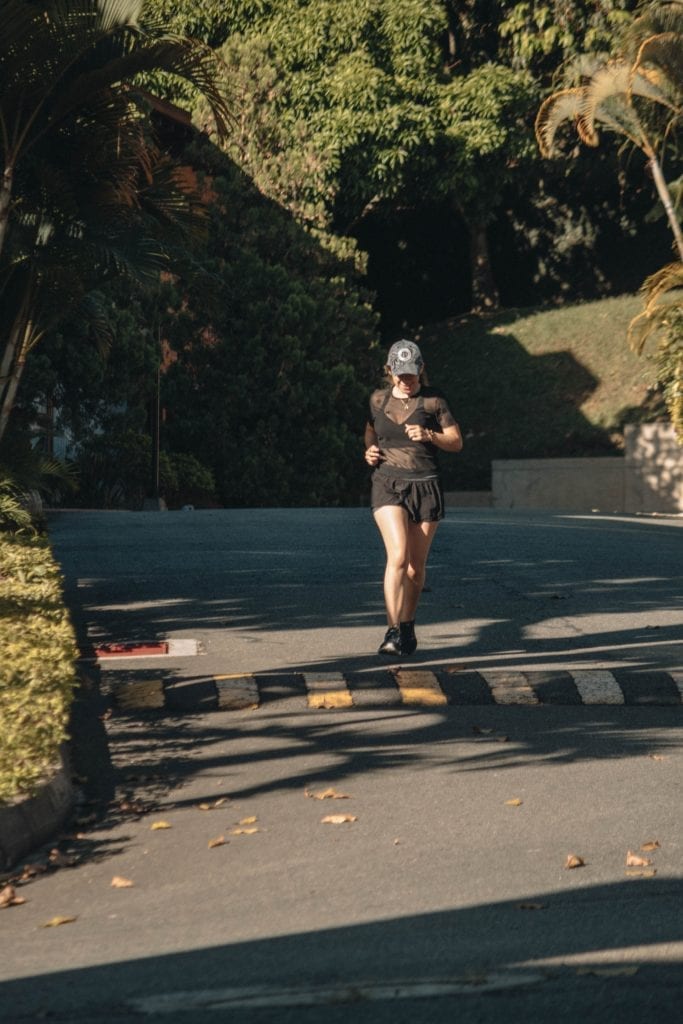
Running may seem natural for you, but your form may suffer. Running for longer distances may increase your likelihood of poor running form. (Amazon Link)
This may be caused by feeling tired, adjusting for discomfort in your feet, knees, and hips, or practicing running incorrectly over time.
To increase healthy form try the following strategies
- Try keeping
your head up and looking forward as much as you can. - Try keeping
your upper body as relax as you swing your arms back and forward. - When you get tired, check in on your posture and see if your body is aligned and not slouching.
- Check in with your feet. Slow down a bit or ask someone to watch
your feet as you run. See if they are pointed in the direction that you are running. - Avoid tension in any of the upper parts of your body, and when you do notice it, consciously relax your muscles until it becomes a habit.
- Try to keep your feet running in a natural manner and not contorting. Getting a good supportive shoe will prevent some issues with your form.
- When your knee is lined up above the middle of your foot while your foot hits the ground, this helps to protect your knee and foot. Landing only your toes or your heels may cause injury at times.
8. Turn off the TV / Computer / Phone

While keeping your feet up is good for circulation, sitting and laying down too much isn’t healthy for your legs or body.
Get up and do something (article) to get that blood flowing and those muscles working. Legs walking is a great way to get lots of benefits of running without a lot of the problems that occur with running.
If you have a show you like to watch, plan what you will do during the show to get those legs moving and doing something. If you’re too tired to get up, then it’s time for a nap or bed.
9. Blood Circulation
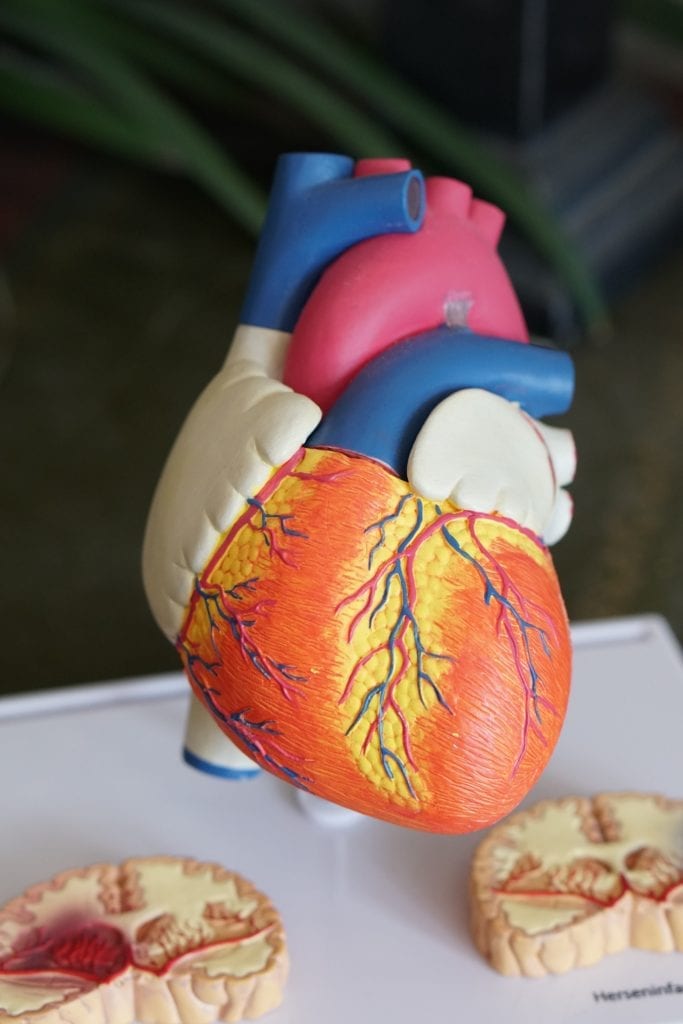
The blood flow circulation in your legs is important for helping to carry nutrients and eliminate waste products from your body.
(Amazon Link)
Your brain and body will get more oxygen to where it needs to go with good circulation. Repairs to damaged body parts heal quicker and achy joints may start to feel better sooner.
When you exercise your increasing your levels of circulation and helping your body to create more efficient pathways so it can function properly.
Ways that you can increase your blood flow are by exercise, clearing out bad cholesterol by eating healthy, reducing the amount of sugar intake, and drinking plenty of fluids, specifically water.
Taking a warm bath or getting into the hot tub will also increase your blood circulation. So go take a break.
10. Stretching
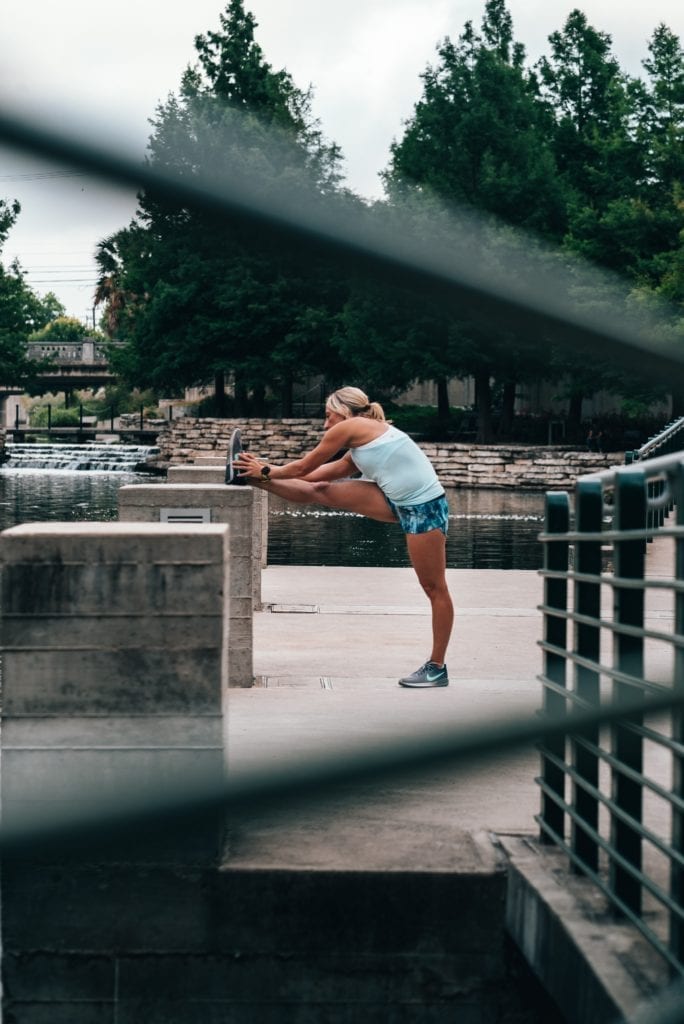
It’s important to stretch after running so that you are muscles will not get tight and will have proper blood flow. (Amazon Link)
Try to get into a habit of stretching each time you exercise or run. Set aside a part of the time that you planned for running for stretching because it can have a dramatic impact on running and the prevention of injury.
Stretch right after you exercise while your muscles are still warm to prevent injury. Beware of stretching while muscles are too tight or cold. Try warming them up and messaging the knots out.
When stretching, keep your stretching to 20 – 30 seconds per type of stretch. Some good leg stretches for runners are stretching the hamstrings, quadriceps, calves, lower back, groin, and side stretch.
11. Take a Walk

Walking (article) can help increase your overall leg health.
When you need to take a break from running try walking. It can increase your cardiovascular health, reduce your blood pressure, and help control your cholesterol.
Walking can also help reduce your healing time, depending on your condition, and help you feel less achy in your joints.
Over time, walking will increase your bone density, help your overall mood, and allow you to distress so that you can have a good night’s sleep.
12. Doctors Visit
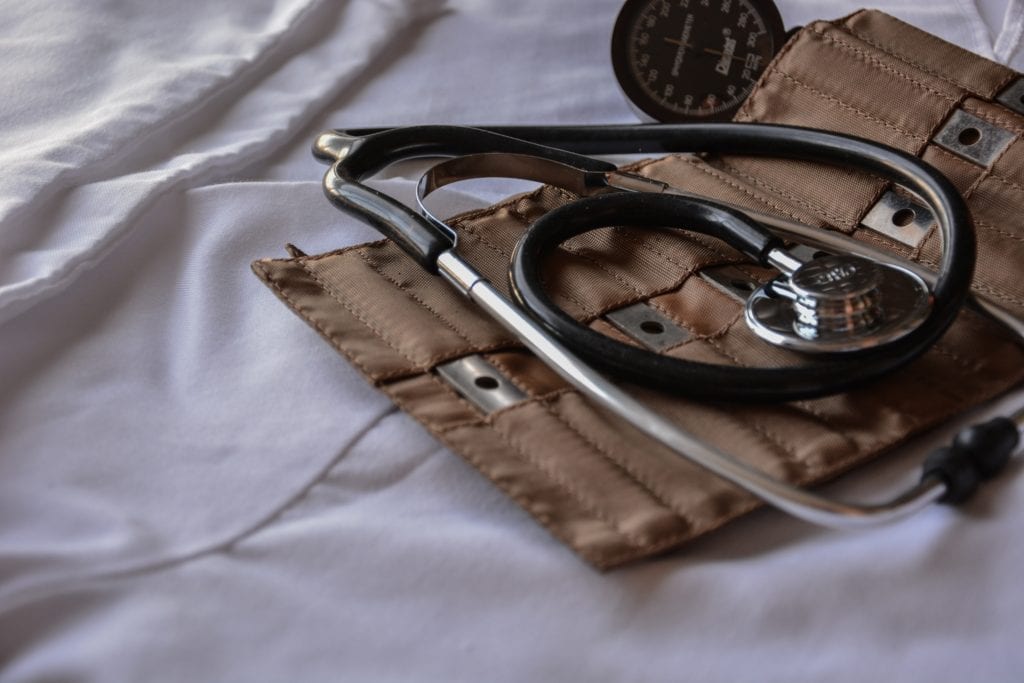
Avoiding going to the doctors because you are afraid of what they’ll say?
Try making it your goal to take control of your health. Doctors give advice and a diagnosis, but only you are in control of your health (article). That being said, a doctor can give you valuable information you can’t get anywhere else.
Use this information about your health to plan your running goals. The more you freely tell and list out your goals, concerns, and problems, the better equipped your doctor will be to give you the best advice.
Don’t be afraid of getting a second opinion. Doctors are human, and make errors in
13. Nutrients

Eating whole foods will help you get the most from your diet and maintain the muscles, joints, and tissues well.
Go for an apple, instead of applesauce, or dried fruit and nuts instead of a granola bar. The more whole foods we eat, the better the nutrients can be absorbed by the body most of the time.
If you’re running long distances (article), you’ll want to prepare for your run by eating carbohydrates and during the run by drinking fluids that have electrolytes and carbohydrates.
After the run, eat carbohydrates and protein. Get advice and do research for your needs.
Try to eat whole foods when possible. Eat fruits like bananas and apples, vegetables like broccoli and spinach, proteins like almond butter and nuts, and carbohydrates like potatoes and rice.
Try to make it something you enjoy that helps your body get what it needs, recover, and feel good.
14. Maintain a Healthy Diet

Decide to make your diet a part of how you want to live your life.
Developing healthy eating habits will provide your legs with more of what they need for running.
Eat the things that will keep you happy and healthy. Deciding to make conscious food choices will bring about some surprising health benefits for some.
You’ll likely have more energy, heal better, and feel less depressed when your body is getting what it needs. Eat a variety of whole foods (Amazon Link) that haven’t been processed for best results.
15. Vitamins and Suppliments
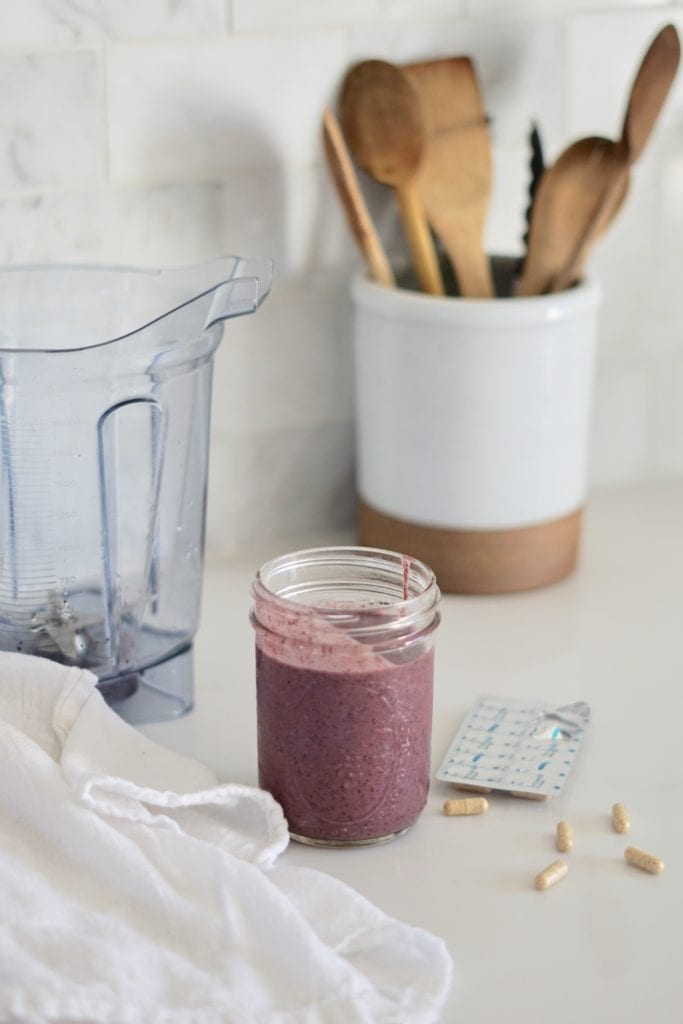
While vitamins are great as a supplement, they don’t always deliver what they are supposed to. Depending on your digestive system and the type of vitamin, you’ll get a varying degree of nutrients from vitamins.
When running you’ll want to supply your bones and muscles with calcium. Vitamin C and E can help with muscle building and repair. Muscles will also need phosphorous,
See if the food that you are already eating can supply these vitamins, or you may want to add foods to your diet that have these nutrients.
Supplements can be taken as well, some with better effectiveness than others. I suggest doing a few minutes of research for each $10 you spend to make
16. Coffee Substitute

Everyone loves coffee it seems. But caffeine can be unhealthy for the legs. It depletes calcium from the bones. But not too much. It may be the sugar is doing more damage. Sugar also depletes calcium in bones.
Try to be conservative with your caffeine and sugar choices. Maybe try some herbal tea or coffee substitute, if you want.
There are lots of interesting healthy drink alternatives to find out about. See if you can find one that works for you. (Amazon Link)
17. Pain Management
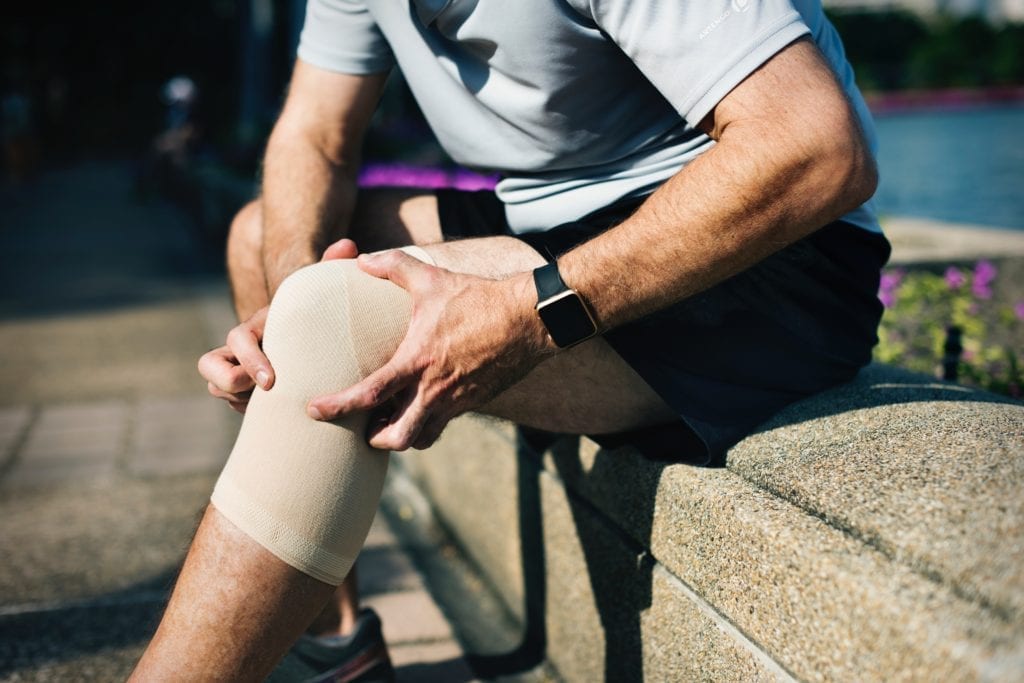
If you’re having joint or muscle pain don’t ignore it. Decide to go to the doctor or self-treat it.
Check your shoes and decide if they are contributing to the problem. Use a brace if needed and rest your leg until it heals.
Some problems are not going to go away. Seeing a doctor or talking to an experienced runner can give you better insight
Remember that continuing to run on a hurt leg may cause more and longer-term problems in the future. Stop. Get yourself into a healing routine, so you can get out there again and do exercise.
18. Give Your Legs Recovery Time
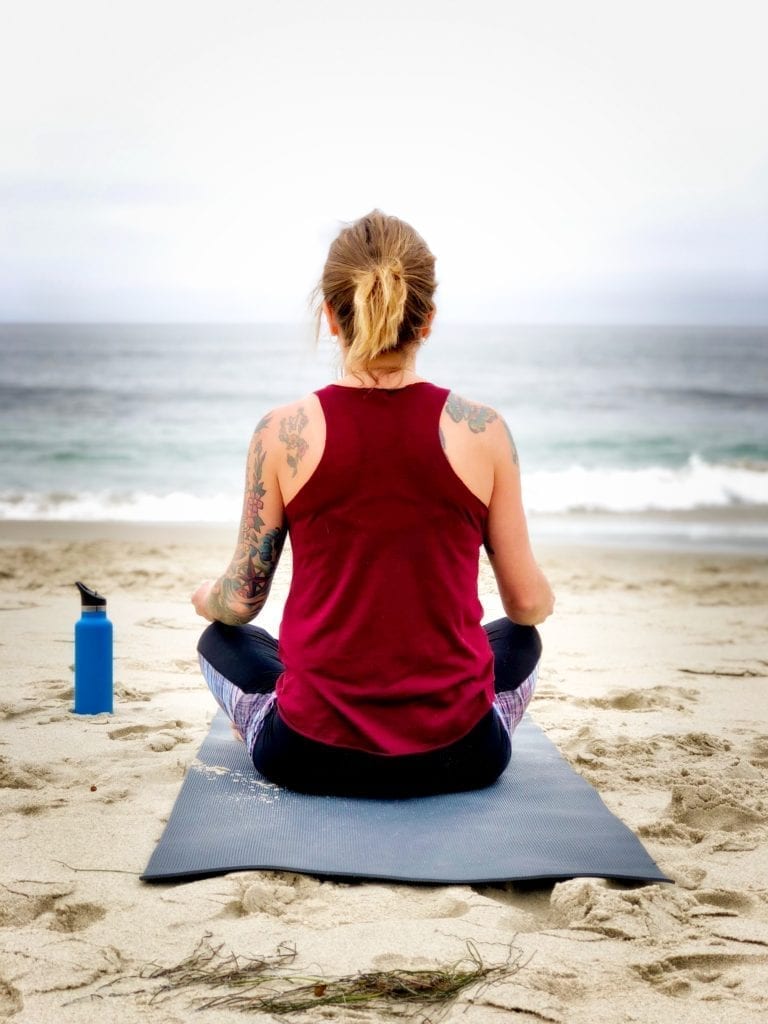
How long should you let your leg heal before going back to running? The time depends on the type of injury. Bones will take months, while muscle sprains are more likely weeks.
When you walk on your leg, be aware of any pain you feel. If you are taking medicine, discuss with your doctor the best time to stop the medicine and start running or exercising again.
This is a good time to build other muscles around the area that is injured. Later it will help you support the healing injury better. (Amazon Link)
19. Massage

A massage can be helpful for tight muscles and aid in releasing knotted muscles from running.
Get a massage in the areas that are most in need and make sure to drink plenty of water after the massage to flush out any toxins that may have been released. (Amazon Link)
20. Bath and Hot Tub

I always enjoy a warm bath once in a while. Soaking your muscles can help them relax and some say using salts during your bath can help your muscle relax as well.
Have yourself a relaxing bath or jump in the hot tub to relax and increase your blood flow. This might be helpful for injuries and healing, and helps those who are diabetic.
Thanks for visiting Helpshoe.com
Related Questions
Which exercise can help my joints?
Walking is one of the best exercises for your joints. It helps to
What shoe is best for walking?
Getting a shoe that is comfortable and has the kind of arch support that your foot requires, are two of the most important features of a good walking shoe.


